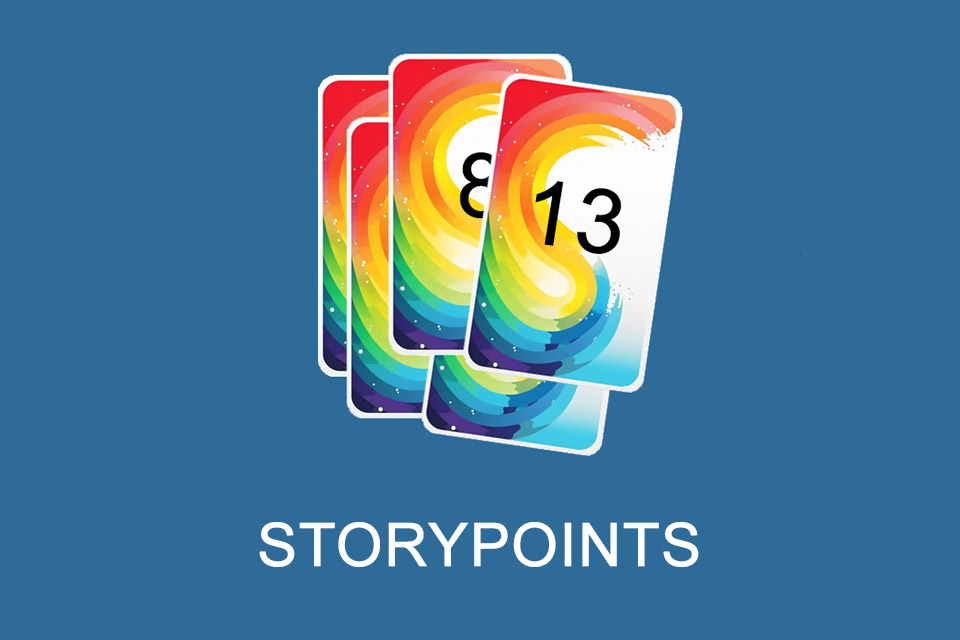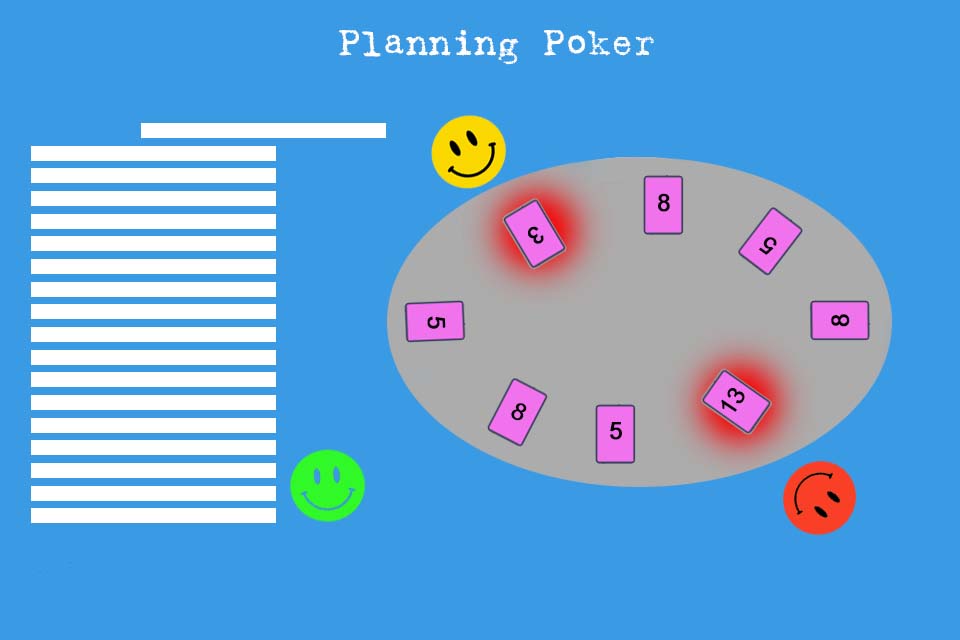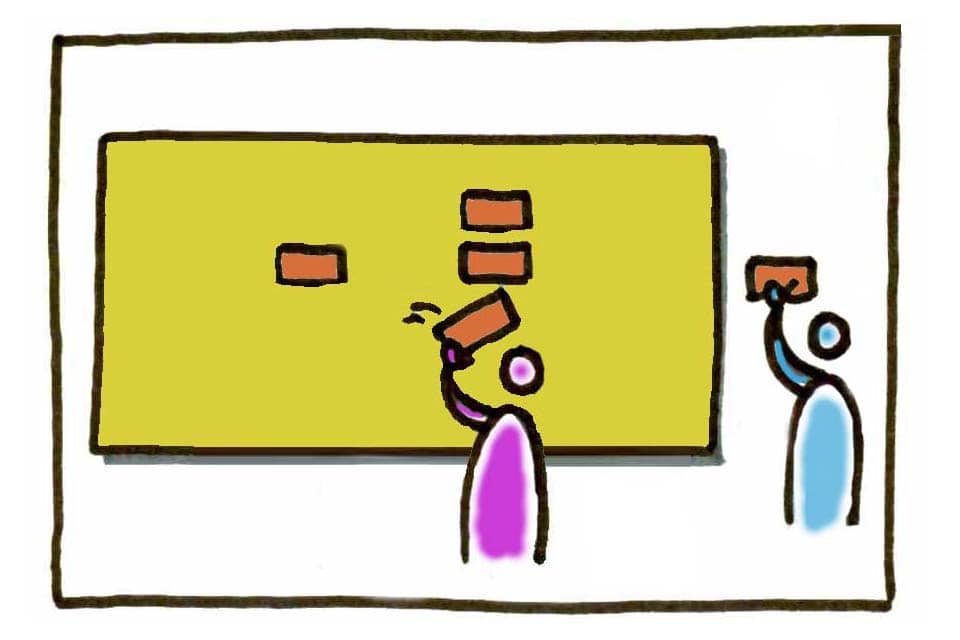What are Story Points?
Smartpedia: Story Points are a unit used to describe the size of a user story. They represent the development effort and the factors that influence this effort.
Story Points – the estimated effort of user stories
Story Points are a unit used to describe the size of a user story. They represent the development effort and the factors that influence this effort. For example, the following factors could be defined by the development team:
- the complexity of the tasks to be completed.
- the amount of tasks to be completed.
- the uncertainty in the implementation of the user story.
- the risk of implementing new techniques.
Story Points are therefore not primarily about the time needed to implement the user story, but about the structural properties of a user story. An experienced development team can of course implement larger user stories in a sprint than a less experienced team, but the size of the story remains unaffected. In other words: the characteristics of a user story do not depend on the abilities of the team. The estimation of a User Story does not change if a Senior Developer is used instead of a Junior Developer.
The Story Points Estimation
However, since it is not easy to represent all factors in a single number, it is advisable to always determine the effort to the factors: For example, how much effort does it take to deal with risk and uncertainty? The higher the effort required to remove uncertainty, the higher the assessment of story points. The combination of these factors thus leads to Story Points Estimation .
Five points have proven themselves in practice:
- The estimation is carried out by the team, which subsequently also carries out the implementation.
- The use of a medium-sized user story as a reference. Other user stories are classified as larger, smaller or the same size.
- Consideration of the Definition of Done, because the effort for tests must also be considered in the estimation.
- The use of an adapted Fibonacci series with the values 1, 2, 3, 5, 8, 13, 20, 40 and 100. It expresses two important aspects:
+ With increasing complexity and uncertainty, higher risk and the number of tasks to be completed, the accuracy of the estimate of the story points decreases. It’s much easier to tell whether an activity takes one or two days or 80 or 81 days to complete.
+ Story Points are relative values. A user story with 3 points should be three times as large as a user story with one point. - A comparison of teams based on Story Points makes little sense. Velocity as a unit of measurement for the speed of a team per sprint is therefore primarily a team internal tool.
Impulse to discuss
Although the Scrum Guide does not mention Story Points, they are very popular and widely used as an aid in practice. What is the reason for this?
Notes:
[1] There are also contrary opinions, according to which story points are also about effort or duration, as well as uncertainty or risk, and are a kind of proxy for “ideal days“. In favour of using complexity as a measure, on the other hand, is the idea that things can be simple and take a long time, or difficult but do not have to take a long time.
In the literature you will also find references to the estimate in T-Shirt Sizes. The following applies: “Smaller than XS” corresponds to a task, “Extra Small” corresponds to the value 1, “Small” to the value 2, “Medium” to the value 3, “Large” to the value 5, “Extra Large” to the value 8, “XXL” to the value 13 and thus an Epic.
“No one remembers how many story points the team achieved. They remember what type of products were built.” (Source: unknown)
If you like the article or would like to discuss it, please feel free to share it in your network. And if you have any comments, please do not hesitate to send us a message.
Here you will find additional information from our Smartpedia section:



